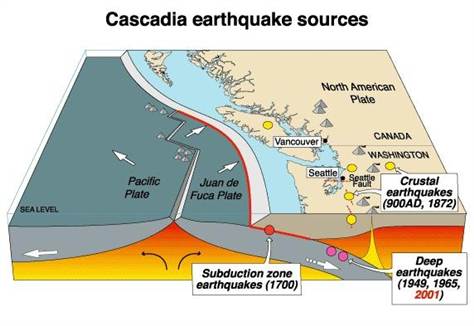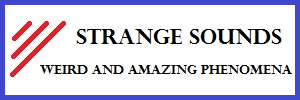
Results of a new subduction zone model were presented last week at the annual meeting of the American Geophysical Union in San Francisco. They emphasize the possibility to use deep Earth tremors to forecast massive earthquakes. In other words: “Can the cumulative effects of many small events trigger a major earthquake?”
The model is based on data collected from the Cascadia subduction zone in the Pacific Northwest which is shaked by tiny tremors, smaller than earthquakes. Unlike its western Pacific cousins (Japan (2011) and in Sumatra (2012)), the Cascadia’s last major quake was reported in 1700.
The model needs refinements. However it is known that tiny deep tremors occur every 15 month and a magnitude-9 earthquake every 500 years. We need to known whether we want to raise an alert every time one of these small events happens.













[…] are some questions scientists try to answer since centuries without any success. Animal behavior? Little tremors? Weather changes? Seismographs? Magnetic field? Earth ionosphere? All have fallen […]
[…] January 3 2013 – Eagle River to the Mat-Su Valley, Alaska. KTUU reports that residents from Eagle River to Mat-Su Valley heard booms between 8 p.m. and 10 p.m. Thursday the 3rd of January 2013 for which no causes and sources have been already found. In parallel to the booms, houses and furniture in buildings shaked. Are these shakings small tremors which are too slight to be recorded by seismographs (< 2)? And were these small tremors a sign for the 7.5-magnitude temblor centered about 60 miles west of Craig, Alaska and which struck at 1 a.m. PST today (Saturday, 05.01.2013)? This link is possible according to research calculations that I presented here. […]